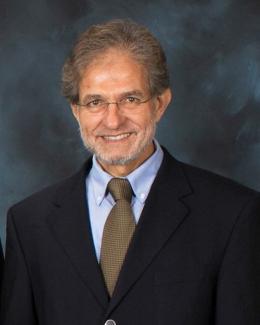Abstract
This work is part of our continuing efforts to address engineering issues related to the removal of tritiated water from off-gases produced in used nuclear fuel reprocessing facilities. In the current study, adsorption equilibrium of water on molecular sieve 3A beads was investigated. Adsorption isotherms for water on the UOP molecular sieve 3A were measured by a continuous-flow adsorption system at 298, 313, 333, and 353 K. Experimental data collected were analyzed by the Generalized Statistical Thermodynamic Adsorption (GSTA) isotherm model. The K+/Na+ molar ratio of this particular type of molecular sieve 3A was similar to 4:6. Our results showed that the GSTA isotherm model worked very well to describe the equilibrium behavior of water adsorption on molecular sieve 3A. The optimum number of parameters for the current experimental data was determined to be a set of four equilibrium parameters. This result suggests that the adsorbent crystals contain four energetically distinct adsorption sites. In addition, it was found that water adsorption on molecular sieve 3A follows a three-stage adsorption process. This three-stage adsorption process confirmed different water adsorption sites in molecular sieve crystals. The second adsorption stage is significantly affected by the K+/Na+ molar ratio. In this stage, the equilibrium adsorption capacity at a given water vapor pressure increases as the K+/Na+ molar ratio increases.


